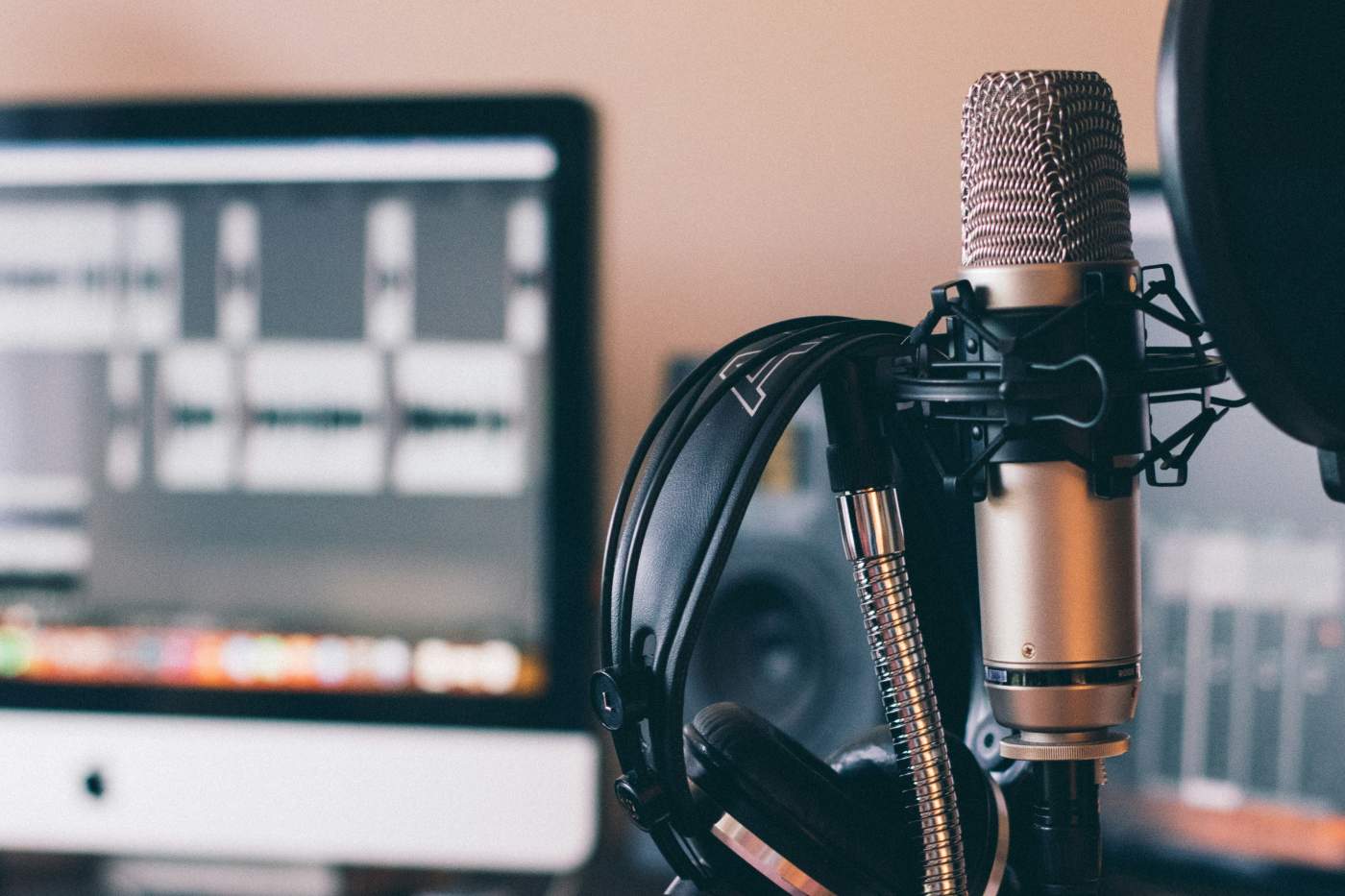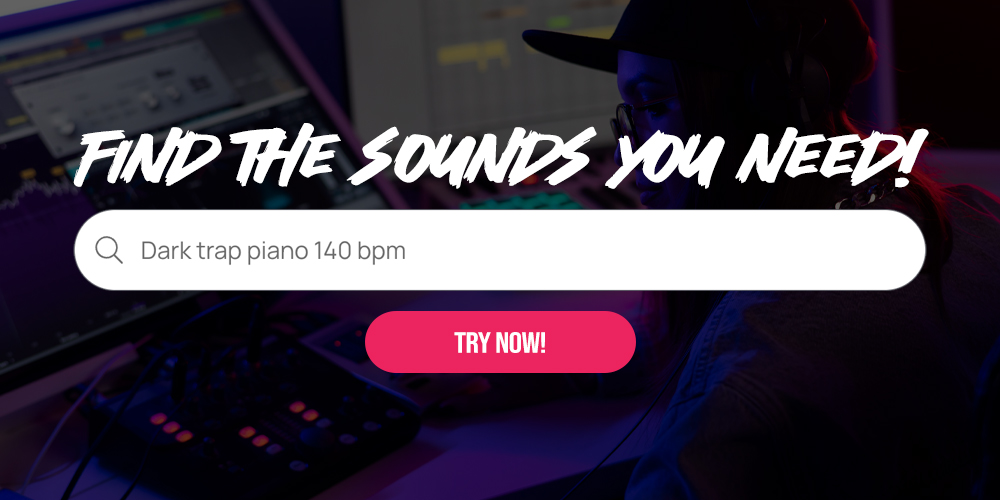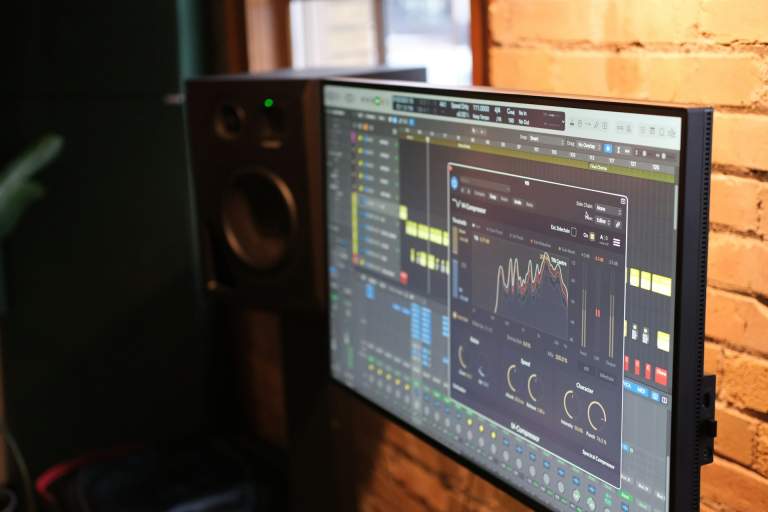Table of contents:
What is Autotune?
Autotune is a digital sound processing technology used to correct and manipulate vocals in music recordings. It automatically adjusts the pitch and intonation of the voice, eliminating inaccuracies and imperfections. Popular in pop, rap, and R&B music, autotune helps achieve a smooth and perfect vocal sound.
How Autotune Works
Autotune works by analyzing the frequency of vocal sounds and automatically adjusting them to match selected notes or musical scales. This correction can fix off-key notes, inaccurate pitches, and microtonal deviations. Additionally, autotune can be used to create a specific sound effect, known as the “autotune effect,” which gives the voice a distinctive, artificial modulation.
Despite its controversial nature, autotune is an undeniable tool in the music industry. It enables artists to create diverse sound effects and achieve desired tones. However, excessive and improper use of autotune can lead to a loss of vocal naturalness and emotion, often criticized by purists.
Autotune is also used in studio recordings to correct musical instruments and other sounds. When used appropriately, it can significantly improve sound quality and match it to the intended musical context.
In summary, autotune transforms how we record and listen to music. It helps artists achieve desired sound effects but can also impact the authenticity and naturalness of performances. Ultimately, the use of autotune depends on the artist’s preferences and creative intentions.
Popular Autotune Plugins and Tools
- Auto-Tune: The original autotune software developed by Antares Audio Technologies. It’s one of the most recognizable autotune tools widely used in the music industry.
- Melodyne: Another popular autotune technology developed by Celemony. Melodyne offers advanced sound editing capabilities, allowing precise pitch and intonation corrections.
- Waves Tune: An autotune plugin developed by Waves Audio. Waves Tune provides a wide range of autotune functions, including automatic pitch correction, manual note adjustment, and more.
- Logic Pro Flex Pitch: A built-in feature in Logic Pro, a popular music production software. Flex Pitch allows precise pitch adjustments of vocals and other sounds without needing external plugins.
- Pro Tools Pitch Correction: An autotune feature available in Pro Tools, a popular recording and sound editing software. Pitch Correction enables intuitive and effective vocal pitch and intonation correction.
A notable free autotune plugin is “Graillon 2” by Polyverse Music and Auburn Sounds. Graillon 2 offers pitch correction for vocals and autotune effects. It’s compatible with popular music platforms like VST, AU, and AAX, allowing integration with various music production software. Other free autotune plugins are also available, with their availability subject to current offers and online resources.
Remember, the examples above are just a few of the many autotune technologies available on the market. Each offers unique features and capabilities, but the choice ultimately depends on the artist’s preferences and needs.
Why Autotune is Popular in Trap Music
- Sound Aesthetics: Autotune gives the vocals a distinctive, synthetic sound that fits the trap music aesthetic. Vocalists can achieve a smooth and perfect sound characteristic of this genre.
- Artistic Expression: In trap music, autotune is often used as a tool to express emotions and artistic style. The autotune effect can add aggression, confidence, or mystery to the vocals, desired in trap productions.
- Creativity and Innovation: Trap is a genre that continually evolves and seeks new sounds and effects. Autotune allows producers and artists to experiment and create unique sounds, contributing to diversity and innovation in trap music.
- Masking Imperfections: Autotune corrects vocal inaccuracies, essential for some trap artists who may not have technically perfect vocal skills. With autotune, they can achieve the desired sound while bypassing potential imperfections.
Examples of Popular Songs Using Autotune
- “Stronger” – Kanye West: This 2007 track is one of the most well-known examples of autotune use. Kanye West used autotune to give his vocals a distinctive, robotic sound.
- “Believe” – Cher: This 1998 song was groundbreaking in its use of autotune. Cher introduced the autotune effect to her vocals, giving the song a unique sound and making it a characteristic feature of the track.
- “Blame It” – Jamie Foxx ft. T-Pain: In this 2009 song, both Jamie Foxx and T-Pain used autotune to create a smooth and distorted vocal sound, contributing to the commercial success of the track.
- “I Took a Pill in Ibiza” – Mike Posner (Seeb Remix): This 2015 song, remixed by Seeb, uses autotune to give Mike Posner’s vocals a distinctive and catchy effect.
- “Sicko Mode” – Travis Scott: Travis Scott frequently uses autotune in his music, and “Sicko Mode” from 2018 is one of his most well-known songs where this effect is prominently featured.
Autotune is increasingly common in the music industry and is used across various genres. The examples above are just a few of the many songs that have utilized autotune in a distinctive way.











